Following the Islamic Revolution of 1979, Iran’s new government overturned established legal norms and carried out a large numbers of executions, which culminated in the prison massacres of 1988.
This video series on citizens’ rights in Iran explores through interviews with experts and witnesses the ways in which Iran has protected or breached those rights since it signed the International Covenant on Civil and Political Rights in 1968.
This episode looks at how Iran violated citizens’ rights in the years immediately following the 1979 revolution. Iranians witnessed sudden changes in the judicial system, including the removal of rights from detainees and defendants, and rising numbers of politically motivated executions. This section also examines the ambiguous distribution of power in the revolutionary government.
.embed-container { position: relative; padding-bottom: 56.25%; height: 0; overflow: hidden; max-width: 100%; } .embed-container iframe, .embed-container object, .embed-container embed { position: absolute; top: 0; left: 0; width: 100%; height: 100%; }
Mehrangiz Kar, a lawyer, author and human rights activist, describes Iran’s judicial system as the legacy of Ali Akbar Davar, Iran’s minister of justice under the rule of Reza Shah. Kar argues that Iran’s judicial system was essentially westernised in form and content. While sharia judges did operate, their role was limited. The revolution, she says, damaged Iran’s modern judicial system. Khomeini issued a fatwa ordering those with religious education to be employed as judges until every court in Iran had sharia judges. Iran enacted inhumane punishments such as stoning and limb amputations. As the new regime sought to suppress dissent, prison conditions worsened. Kar argues that the current judicial system is both politically and financially corrupt.
.embed-container { position: relative; padding-bottom: 56.25%; height: 0; overflow: hidden; max-width: 100%; } .embed-container iframe, .embed-container object, .embed-container embed { position: absolute; top: 0; left: 0; width: 100%; height: 100%; }
Hedayat Matin Daftari, lawyer and grandson of Prime Minister Mohammad Mossadegh, argues that Iran’s Constitutional Revolution of 1906 elevated peasants to the status of citizens who could claim their own rights. The constitutional movement led to the adoption of the Law of Due Process, which protected the rights of the accused. After the 1979 revolution, these achievements were lost. Daftari says executions in the early years of the revolution occurred on such a large scale, and with such speed, that most of them could be considered murder. By the 1990s, however, international pressure, along with numerous resolutions passed by the International Human Rights Commission and adopted by the United Nations General Assembly, caused the government to seek to appear lawful. Even so, revolutionary courts continued to disregard mechanisms of due process.
.embed-container { position: relative; padding-bottom: 56.25%; height: 0; overflow: hidden; max-width: 100%; } .embed-container iframe, .embed-container object, .embed-container embed { position: absolute; top: 0; left: 0; width: 100%; height: 100%; }
Michael Metrinko, an American political officer at the US Embassy in Tehran during the revolution, talks about relations between the US and Iran’s interim government, and the difficulties the interim government faced in navigating the vague distribution of power after the revolution. Metrinko says that while many people in Ayatollah Khomeini’s inner circle had strong connections to the West, the US faced difficulties in understanding and communicating with a charismatic and unpredictable religious figure like Khomeini.
.embed-container { position: relative; padding-bottom: 56.25%; height: 0; overflow: hidden; max-width: 100%; } .embed-container iframe, .embed-container object, .embed-container embed { position: absolute; top: 0; left: 0; width: 100%; height: 100%; }





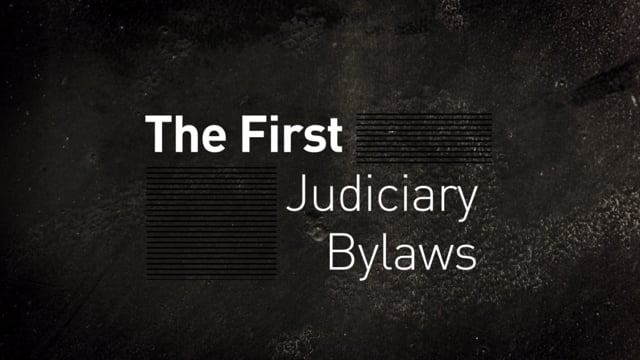
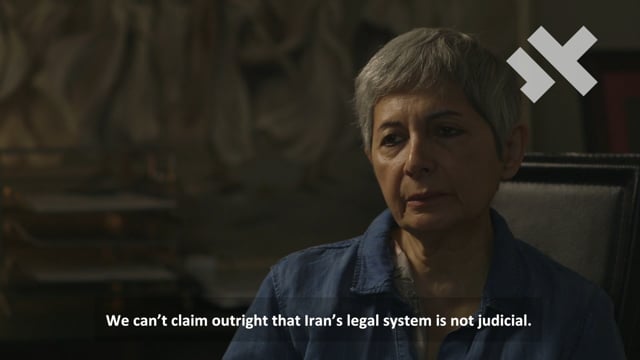
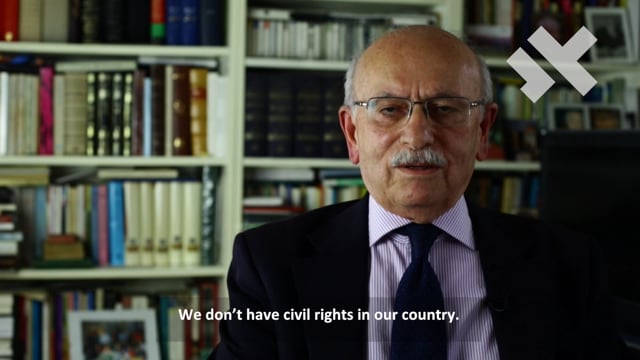
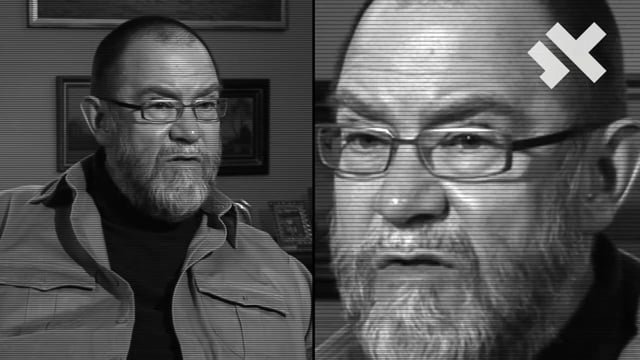
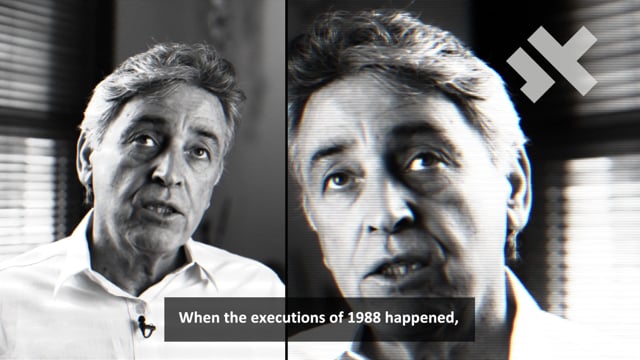

















comments